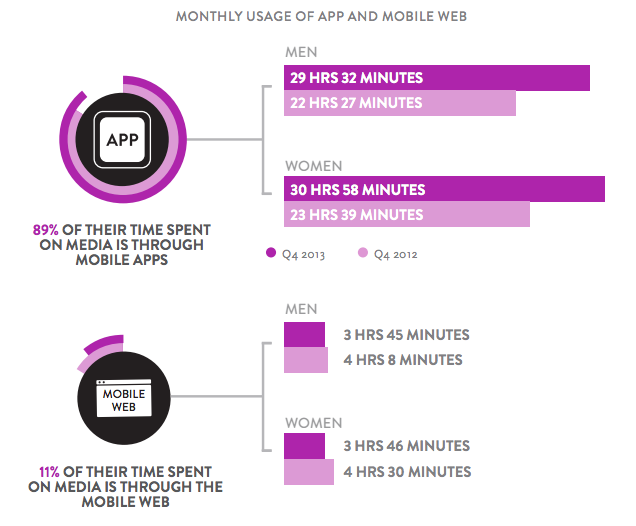This week our group is focusing on making
adjustment to our AdWords campaigns. By looking into details of the data, we have made
the following adjustments:
Our first adjustment was adding new keywords to each campaign. Based on the opportunities tips from Google,
we added several new keywords to each campaign in order to get a better
performance. After we double checked and made sure all the keywords that Google
suggested us to add to the campaigns were relevant and adhered to our campaign goals,
we added those new keywords to our keyword list in order to get our ads in
front of more potential customers. In addition, we intend to compare the data
after one week to check whether these keywords are working effectively.
We also adjusted our "low search volume" keywords. The keyword with “low search volume” status
implies that the keyword isn’t eligible to show our ads because few people
search for it on Google. There are many reasons why this happens, such as the
keyword is too specific, obscure, or misspelled significantly. In our case, we
think it happens because the keyword we put in is too specific. Therefore, we
made some change to these keywords and made them more relevant to customers’
searches.
Additionally, we raised the budget for a well-performing campaign. We raised the daily budget for our third ad, CHEST
Pulmonary Medicine Board Review, from $1.60 per day to $4.50 per day.
We predicate that this adjustment will generate 22 more clicks and 26,000 more
impressions per week for our Pulmonary Medicine Board Review campaign. If things
go well, we intend to increase the budget again next week to make sure we our
ads can be shown to our target customers.



